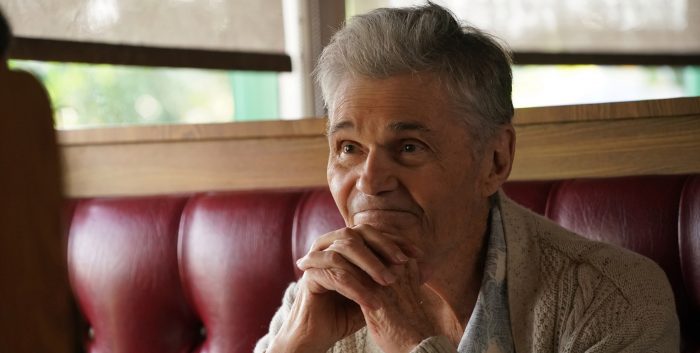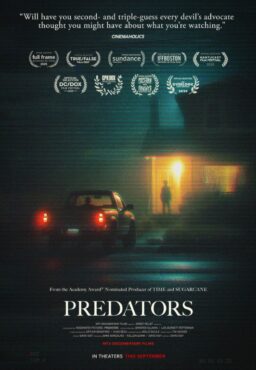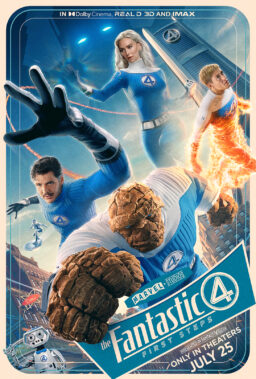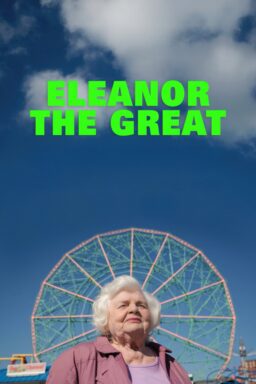If you and I were to make individual lists of our favorite example of comedic entertainment from the last half-century or so—television, film, stage, whatever—and compared them, I predict two things would happen. For one, I suspect that those lists would probably be quite different since we all find different things to be funny. I also predict that each of those lists would probably contain at least a couple of things featuring the great Fred Willard.
Like a comedic Forrest Gump, Willard had a knack for turning up wherever the big new thing in American comedy was happening, and then scoring many of the biggest laughs in the process. As a result, he became an enormously popular performer—the kind who could inspire smiles of anticipation from audiences from the moment that they spotted him—in a career that spanned decades and which saw him working practically right up to his passing yesterday of natural causes at the age of 86.
He was born in Shaker Heights, Ohio on September 18, 1933, the son of a banker who was also named Fred, and graduated from the Kentucky Military Academy in 1951 before serving in the U.S. Army in Germany. After returning, Willard moved to New York to find work as an actor. He first found success when he paired up with Vic Grecco to form the comedy team of Willard & Grecco, who gained some prominence on the Greenwich Village scene and scored appearances on “The Tonight Show,” “The Dean Martin Show” and others before the split in the late 1960s. Afterwards, he joined Chicago’s famed Second City comedy troupe for a year in which he developed the improvisational skills that would prove to be of great importance later on. He then helped to form another improv group, the Ace Trucking Company, that would also go on to some prominence thanks to their stage performances and appearance on “The Tonight Show” and Tom Jones’ variety show.
Around this time, Willard began turning up in movies as well, making his debut with the trashy exploitation film “Teenage Mother” (1967) and turning up in “Model Shop” (1969), “The Harrad Experiment” (1973), “Harrad Summer” (1974), “Hustle” (1975), “Silver Streak” (1976) and the Ace Trucking Company disaster movie spoof “Cracking Up” (1977). On television, he appeared in episodes of “Love, American Style,” “The Bob Newhart Show” and “Laverne & Shirley”) and got his first big break in 1977 when he was cast in “Fernwood 2 Night,” a parody of low-rent talk shows that was a spin-off of the controversial soap opera sendup “Mary Hartman, Mary Hartman.” He played Jerry Hubbard, the cheerfully buffoonish sidekick to pseudo-suave host Barth Gimble (Martin Mull) and it would prove to be the first of his classic characters.
Although the shows were not big hits in terms of ratings, they greatly increased Willard’s profile and he started appearing in more prominent projects. On television, he hosted a 1978 episode of “Saturday Night Live,” served as one of the original hosts of “Real People,” played a rare serious role as doomed realtor Larry Crockett in Tobe Hooper’s adaptation of Stephen King’s “Salem’s Lot” (1979), and was the focus of an especially brilliant episode of “SCTV” that spoofed the David Begelman scandal with him in the Cliff Robertson part. He also hosted the short-lived talk show “What’s Hot, What’s Not,” which earned him a daytime Emmy nomination, and starred for two years in “D.C. Follies,” a puppet-based satirical sitcom in which he played the only human character. On film, he appeared in “Americathon” (1979), “How to Beat the High Cost of Living” (1980), turned up as part of the murderer’s row of comedy talents assembled by Buck Henry for “First Family” (1980), and “Roxanne” (1987). Of his appearances during this time, the one that would prove to have the most impact would be one of the shortest—his brief but hilariously memorable turn in the instant classic “This is Spinal Tap” (1984) as an Air Force lieutenant leading the band to what proves to be (at least temporarily) their final gig.

From this point on, there was hardly a television show of note (and some not) that he didn’t turn up in a guest shot at some point but it was in the mid-’90s that he had his biggest career breakthroughs. In 1995, he reunited with Martin Mull on an episode of “Roseanne” where they played one of the first openly gay couples on network television at the time and became a recurring character during the final seasons of the show. The next year, he turned up in “Waiting for Guffman,” the first of a series of projects that he did with Christopher Guest that made beautiful use of his improv comedy skills that would include “Best in Show” (2000), “A Mighty Wind” (2003), “For Your Consideration” (2006), “Family Tree” (2013) and “Mascots” (2016).
In all of these projects, he scored huge laughs but in the best of them—“Waiting for Guffman” and “Best in Show”—he got those laughs while quietly and effectively suggesting the essential humanity of characters as well. In “Guffman,” for example, he and Catherine O’Hara play a long-married couple who fancy themselves as the Lunt & Fontaine of their small town and this is very funny. Later in the film, however, there is a scene in a Chinese restaurant involving them and another couple and I will say no more about it except to note that through his deft performing, he inspires not only hilarity but a genuine sense of earned pathos for his character. Similarly, in “Best in Show,” he plays a dopey commentator at a dog show—someone who is clearly not meant to suggest Joe Garagiola in any way—and his stabs at bantering with his co-commentator, who is a dog expert, are absolutely hysterical in their cluelessness. (“And to think that in some countries, these dogs are eaten”). At one point, however, one of his comments turns out, much to his colleague’s shock, to be perfectly sensible and it slowly begins to dawn on you that maybe his character is not as dumb as he seems and is keenly aware of what goes over better on television.
Some of his more notable film appearances from this point include turns in “How High” (2001), “American Wedding” (2003), “Harold & Kumar Go to White Castle” (2004), “Anchorman” (2004), “WALL-E” (2008), “Anchorman 2” (2012) and “The Magic of Belle Isle” (2012). On television, where he was now more frequently seen, he received Emmy nominations for his recurring roles on “Everybody Loves Raymond” and “Modern Family” and won a 2015 Daytime Emmy for a guest appearance on the soap opera “The Bold and the Beautiful.” There were also guest shots on such shows as “The Simpsons,” “King of the Hill,” “Mad About You,” “Pushing Daisies,” “The Boondocks,” “Community,” “Drunk History” (where he played Deep Throat) and frequent guest appearances on “The Tonight Show” with Jay Leno and “Jimmy Kimmel Live!” He even turned up this year as a guest announcer on a couple of episodes of “The Bachelor” and now that I have just learned this, I may now have to go out and watch “The Bachelor” for the first time in my life. Posthumously, he will be seen in the eagerly awaited Netflix comedy series “Space Force” as Steve Carell’s father, a bit of pinpoint casting if there ever was one.
Fred Willard once told an interviewer in 2008 that he liked playing the person “who will stick his foot in his mouth and say the wrong thing.” The irony is that while those characters always said the wrong thing in the context of the situation, he always made sure that they said them in just the right ways in order to inspire maximum hilarity and no small degree of empathy when needed. Behind his pleasantly affable exterior lay one of the great comedic minds of our time, and his reliable presence as a source of laughter will be truly missed.












